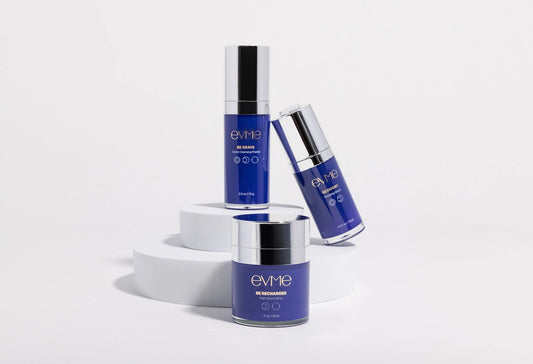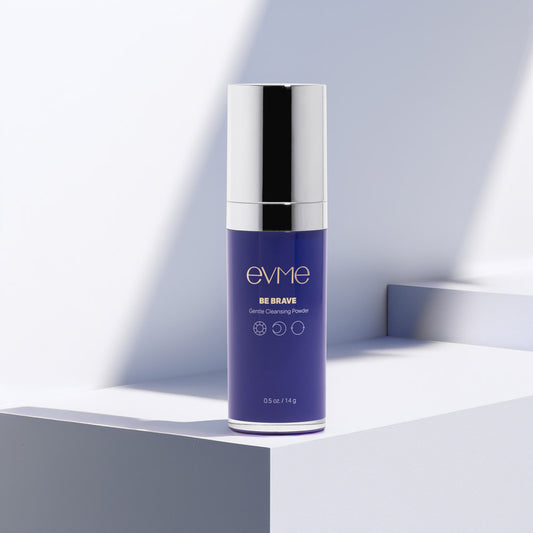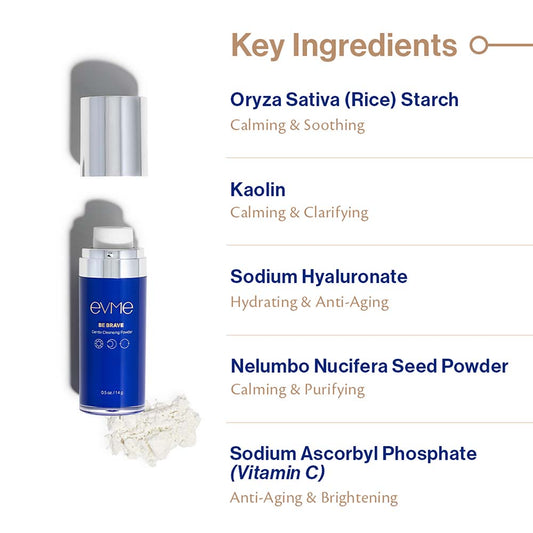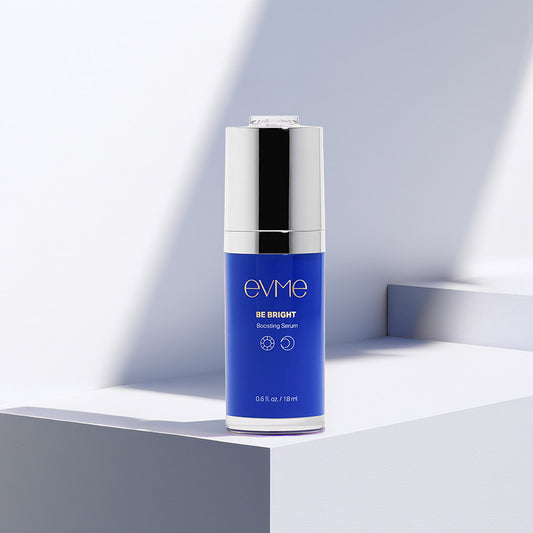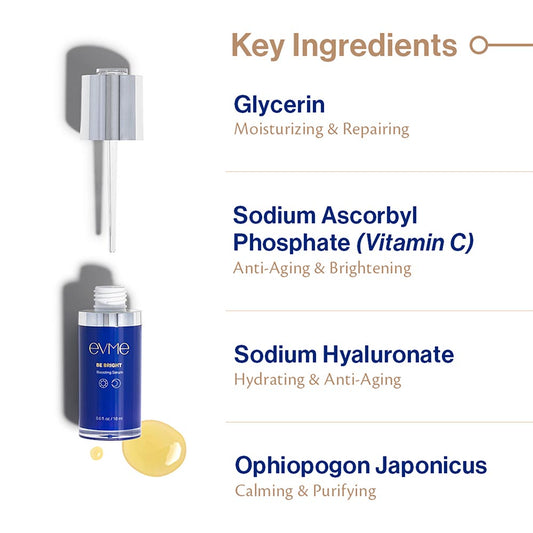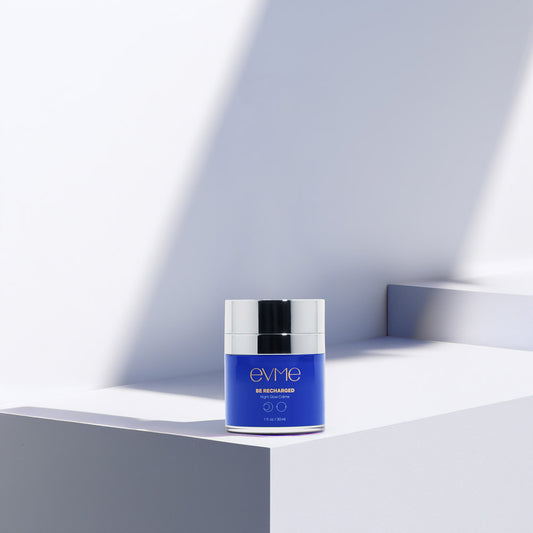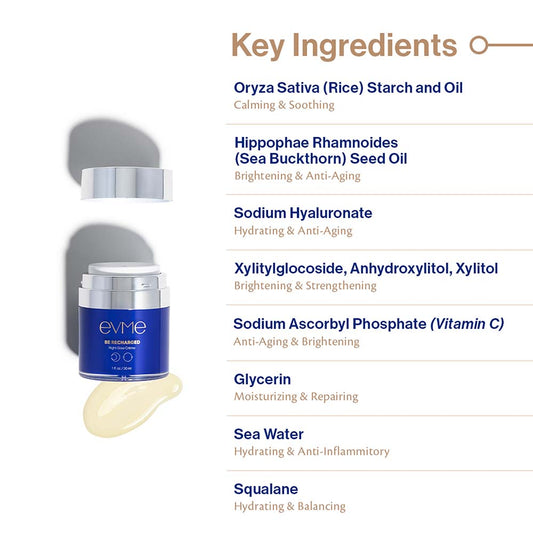Try Evme, allergist-created luxe skincare for sensitive and allergic skin.
Shop All ProductsUnderstanding Facial Dermatitis: A Guide to Rash Distribution and Potential Skin Allergy Triggers
November 19, 2025

Back To Articles
Facial rashes can be frustrating, confusing, and disruptive. One of the most common concerns people search online for is “why do I have a rash on my face?” The truth is that facial dermatitis is rarely random. In many cases, the location of your face rash provides important clues about the cause of the reaction, the type of allergen involved, and whether the rash may be due to allergic contact dermatitis, an irritant reaction, or something in your everyday environment.
Allergists and dermatologists rely heavily on rash distribution because each area of the face has patterns associated with different skin allergens. For example, rashes on the sides of the face often point to hair products such as shampoo, conditioner, and styling creams that run down during showering. A central face rash typically suggests triggers like moisturizers, makeup, foundations, wrinkle creams, or topical medications. A unilateral, one-sided rash is a major diagnostic clue; this may be due to hair dye, transfer from hands, contact with a phone, or even exposure to a partner’s skincare products. Meanwhile, a full-face rash may indicate airborne allergens such as fragrance particles, botanical extracts, or widespread exposure from sunscreens or cosmetics (foundation, for instance).
Some of the most overlooked but important patterns involve the eyelids and lips, which are among the most sensitive areas of the skin. Eyelid dermatitis is rarely caused by “eye products.” Instead, reactions on the eyelids are commonly linked to fragrance, nail polish, hair dye, shampoo/conditioner, and skincare products used elsewhere. Similarly, lip dermatitis has diagnostic patterns; rashes on both lips may be tied to lip balms, lanolin, fragrance, or flavorings, while a lower-lip-dominant rash is often caused by toothpaste allergens such as cocamidopropyl betaine (CAPB), cinnamon, or mint oils. These patterns help clinicians narrow down potential skin allergy triggers more efficiently.
Another critical factor is timing. When someone searches “is my rash an allergic reaction or irritation?”, the difference often comes down to how quickly the rash appears. Irritant contact dermatitis usually shows up within 48 hours and stays in the area where the product touched the skin. Allergic contact dermatitis, however, is delayed, often appearing 2–6 days after exposure, and spreading beyond the original site. This delayed reaction makes allergen identification challenging and is a leading reason why many people misidentify which product caused their symptoms. Irritant reactions often clear up quicker, while allergic contact dermatitis reactions can take weeks or even months to fully heal.
Ultimately, your face rash is trying to communicate something important. Whether it’s an allergic reaction, irritant dermatitis, or a product sensitivity, the pattern, location, and timing of your rash offer valuable information. At Evme, we’re committed to making allergen identification clearer, more accurate, and more accessible through evidence-based solutions and testing systems designed for real-world skin.
If you’ve been struggling with a persistent or recurring facial rash, especially one that returns in the same place, understanding these patterns is the first step toward relief.
Your skin has a story to tell. Evme is here to help you understand it. We’re equally committed to providing facial skincare solutions that support healing and help prevent future reactions.
Recommended articles
close
Evme Sans-Allergenic Skincare Products
- Choosing a selection results in a full page refresh.





